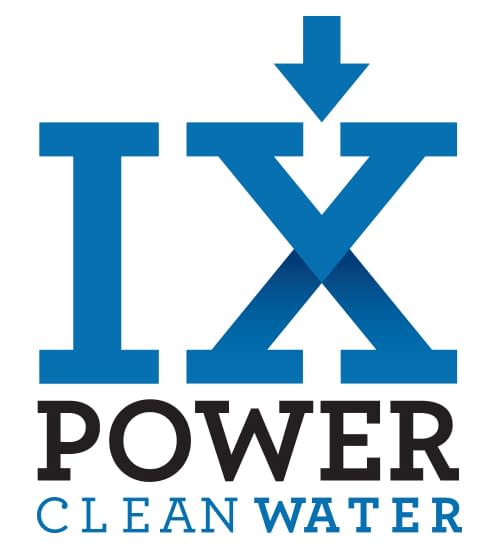 It’s news, but it’s not surprising news – the American West is not just experiencing drought. (Drought is a temporary condition.) We are going through aridification – the period of transition when a location becomes increasingly and permanently water scarce. How will our western states survive? What can we do to prepare for this coming challenge? Hear C.U. researcher Douglas Kenney, director of the school’s Western Water Policy Program talk about his newly released paper on CPR. Hear the interview at: https://www.cpr.org/news/story/as-colorado-and-the-west-dry-out-at-record-rates-we-need-a-new-word-for-drought.
It’s news, but it’s not surprising news – the American West is not just experiencing drought. (Drought is a temporary condition.) We are going through aridification – the period of transition when a location becomes increasingly and permanently water scarce. How will our western states survive? What can we do to prepare for this coming challenge? Hear C.U. researcher Douglas Kenney, director of the school’s Western Water Policy Program talk about his newly released paper on CPR. Hear the interview at: https://www.cpr.org/news/story/as-colorado-and-the-west-dry-out-at-record-rates-we-need-a-new-word-for-drought.
Aridification – just another motivation for the oil & gas industry to treat and reuse the produced water it generates in its drilling operations!
Small Towns & Communities’ Drinking Water at Risk
Yuck! When you think of contaminated water systems, leaky pipes and other bad news about drinking water, you may think Bangladesh, India, or Mexico, but the good old USA is just as guilty of bad water infrastructure – in its smaller communities.
Navid Saleh, a professor of civil and environmental engineering at the University of Texas at Austin says that the health of at least 25 million people in the U.S. on “small” water systems is at risk because infrastructure funds are provided on an “economy of scale” basis – which basically means the cities get all the funding. Because of this, there is an unforgiveable number of people enduring old infrastructure, including pipes that leak, and generate bacteria and metals. According to the American Society of Civil Engineers (ASCE) 15% of treated water In the U.S. is lost due to failing pipes. And, according to the EPA, it’s in these very small water systems that 55% of U.S. health-based violations occur. Texas and California have the highest number of “very small” system violations, mostly in rural areas. Like Prof. Saleh says, “In other words, if you live in a low-population area, your chances of having clean water are already low.”
We agree that the “economies of scale” system is flawed and that it will not improve conditions for those reliant on “small” and “very small” water systems. As Prof. Saleh says, “We tend to think of “infrastructure” as exclusively about building and/or developing large-scale projects over the long term. It doesn’t have to be this way. Infrastructure expenditure can also include interventions at the “small scale.” While a complete overhaul of the national water supply systems would take too long and cost too much, there are other cheap and easy “point of use” solutions that would greatly improve quality of life for millions of Americans immediately. An example would be for the government to provide water filters directly to individual households where high levels of arsenic have been detected.”
One of the most effective and cost-effective systems for removing is offered by IX Power Clean Water. The IX Water Blu system is designed to handle small water systems – a homeowners association, ranch, or small town, for less than 8.6 cents per 1,000 gallons. Why gamble with your health? IX Water Blu is easy to use and gets out everything – arsenic, lead, the whole gamut of poisons known to infiltrate small water systems in the U.S. Visit: https://ixwater.com/ix-water-products/drinking-water.
Read Professor Saleh’s entire message at: https://news.utexas.edu/2018/07/16/safe-drinking-water-for-millions-of-americans-is-threatened
—- posted by Deborah Deal-Blackwell, July 18, 2018
Achieving greater efficiencies using this approach, by definition, means focusing on the biggest water supply systems serving the largest communities at the expense of everyone else.
